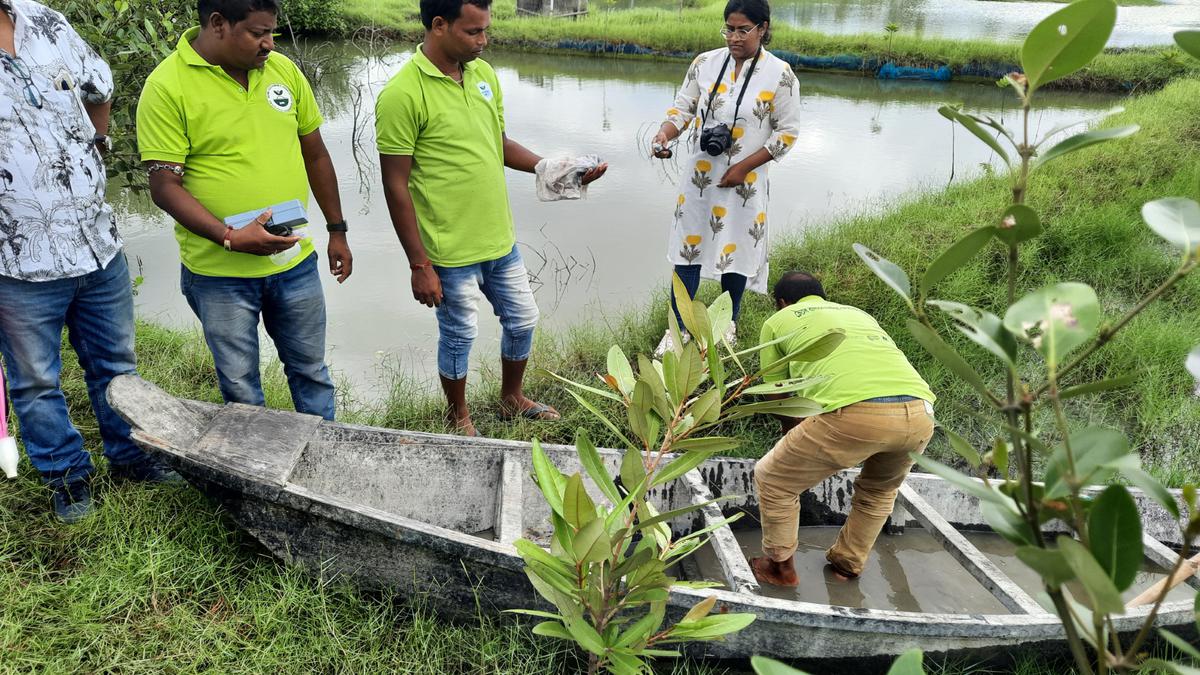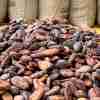
West Bengal’s Chaital turns a new leaf with mangrove plantation for sustainable aquaculture
The Hindu
A group of experts visiting Chaital village on the eve of the International Day for the Conservation of the Mangrove Ecosystem, observed on July 26, were impressed by the flourishing trees. “In just three years, the tree has outgrown me,” K. Kathiresan, Honorary Professor at Annamalai University, Tamil Nadu, an expert on mangroves, said pointing at a bain tree (Avicennia marina )
Unlike most of the bheries (shallow fish ponds) spread over the Minakhan block in West Bengal’s North 24 Parganas district, the 12 bigha pond of Pintu Das in Chaital village is dotted with trees. Rows of trees form clusters at various places in the pond and occupy the raised earthen embankments, which become slippery after every spell of monsoon rainfall.
A group of experts visiting Chaital village on the eve of the International Day for the Conservation of the Mangrove Ecosystem, observed on July 26, were impressed by the flourishing trees. “In just three years, the tree has outgrown me,” K. Kathiresan, Honorary Professor at Annamalai University, Tamil Nadu, an expert on mangroves, said pointing at a bain tree (Avicennia marina ).
Explaining that the Avicennia is the best suited among mangrove species for plantation in the region, Dr. Kathiresan said the salinity under the root of the Avecinia plant is higher than the salinity in the water and soil, and the plant absorbs salinity from the soil. Other mangrove species with which the shrimp cultivators are experimenting include Heritiera fomes (sundari tree), Nypa fruticans (nipa palm) and Rhizophora mucronata (garjan tree).
As the shrimp farmers calculated the salinity of water at different places in the fish pond, Ravi Shankar Thupalli, an international mangrove management specialist, said that not only the leaf litter from the mangroves but the presence of more trees will invite more birds to the pond, and bird droppings would increase the yield of shrimp.
Both the experts told the shrimp farmers to plant more mangrove trees for dense foliage and high shrimp yield.
About 35 farmers in the Chaital village have turned a leaf in sustainable aquaculture by integrating shrimp cultivation with mangrove plantation. “For the past three years, we are not purchasing fish feed — the leaf litter from the mangroves is turning out to be food for the shrimp,” Mr. Pintu Das said.













